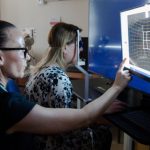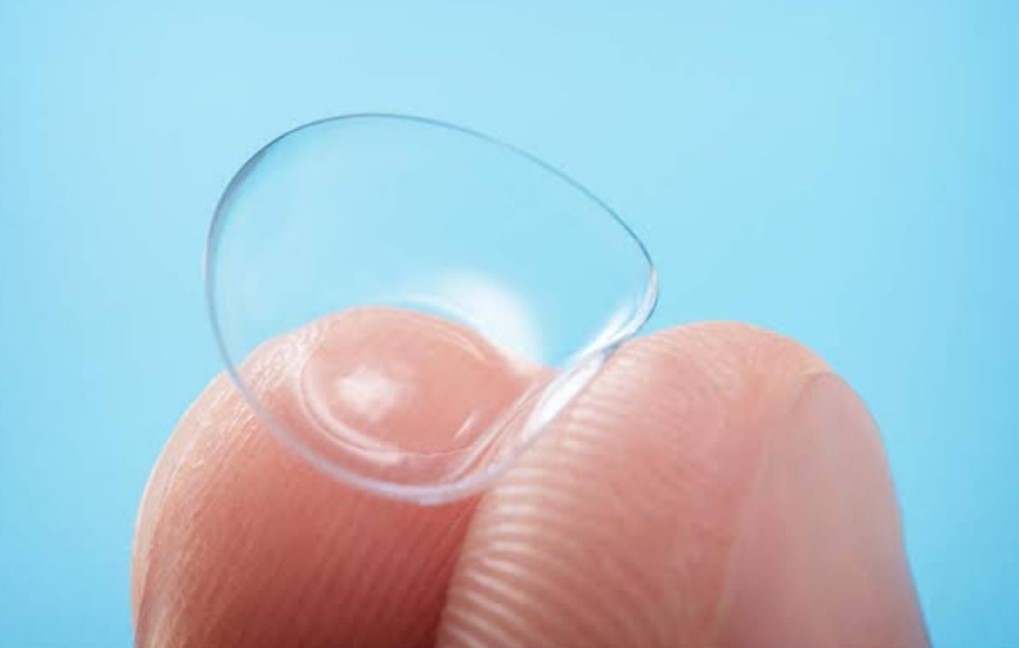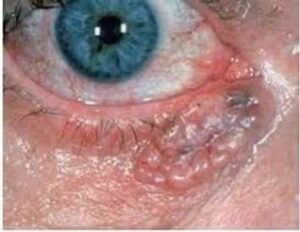The loss of ability to create muscles movement for some disease is called akinesia.
Symptom-
The most recognizable symptom of akinesia is “freezing.” This can make you feel stiff in one or more muscle groups. It can make your face look like it’s frozen in one facial expression. It can also make you walk with a distinct rigid movement known as “gait freezing.”
This symptom also happens because of a condition called progressive supranuclear palsy (PSP), which tends to affect walking and balance earlier than in PD(Parkinson ‘s disease). Other symptoms that may appear along with akinesia if you have PD include:
Shaking of muscles (tremors) in your hands and fingers, especially when you’re resting or distracted
Softening of the voice or slowed speech
Not being able to stand up straight or maintain a certain posture
Moving slowly and taking longer to finish physical tasks (bradykinesia)
Symptoms of PSP that may appear along with akinesia (especially in the face) include:
Losing vision or having blurred vision
Not being able to move the eyes very quickly
Not being able to look up and down easily
Not being able to keep eye contact for very long
Having trouble swallowing
Having symptoms of depression, including mood swings.
Cause – The causes of akinesia can be classified based on the age group .
Adult-onset akinesia has been associated with the following two causes:
- Pure isolated akinesia
- Late stages of disorders affecting the basal ganglia or frontal lobes Progressive supranuclear palsy (PSP)
- Parkinson’s disease (PD)
- Normal-pressure hydrocephalus.
The fetal akinetic syndrome (fetal arthrogryposis or Pena–Shokeir syndrome type 1), is a cause of intrauterine fetal death or rarely a live birth, related to diffuse contractures across the body (arthrogryposis) of the fetus and subsequently reduced movement, further leading to intrauterine growth restriction, short umbilical cord, and pulmonary hypoplasia.
Treatment –
Treatment of akinesia depends on the underlying cause and then managing the symptoms of that underlying condition. For example, if akinesia is present as a result of advanced Parkinson’s disease, then treating Parkinson’s disease is the most appropriate next step.
Treating akinesia is more about management of symptoms; there is no cure. Once the underlying cause has been identified, treatment for akinesia may include:
Prescription drugs to help improve dopamine release
Surgical therapy, such as deep brain stimulation to improve dopamine release
Progressive resistance exercises to improve movements like walking
Over-the-counter (OTC) pain reliever medications to help with muscle and nerve pain.









